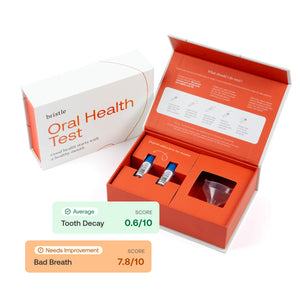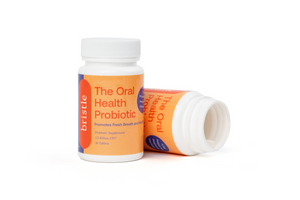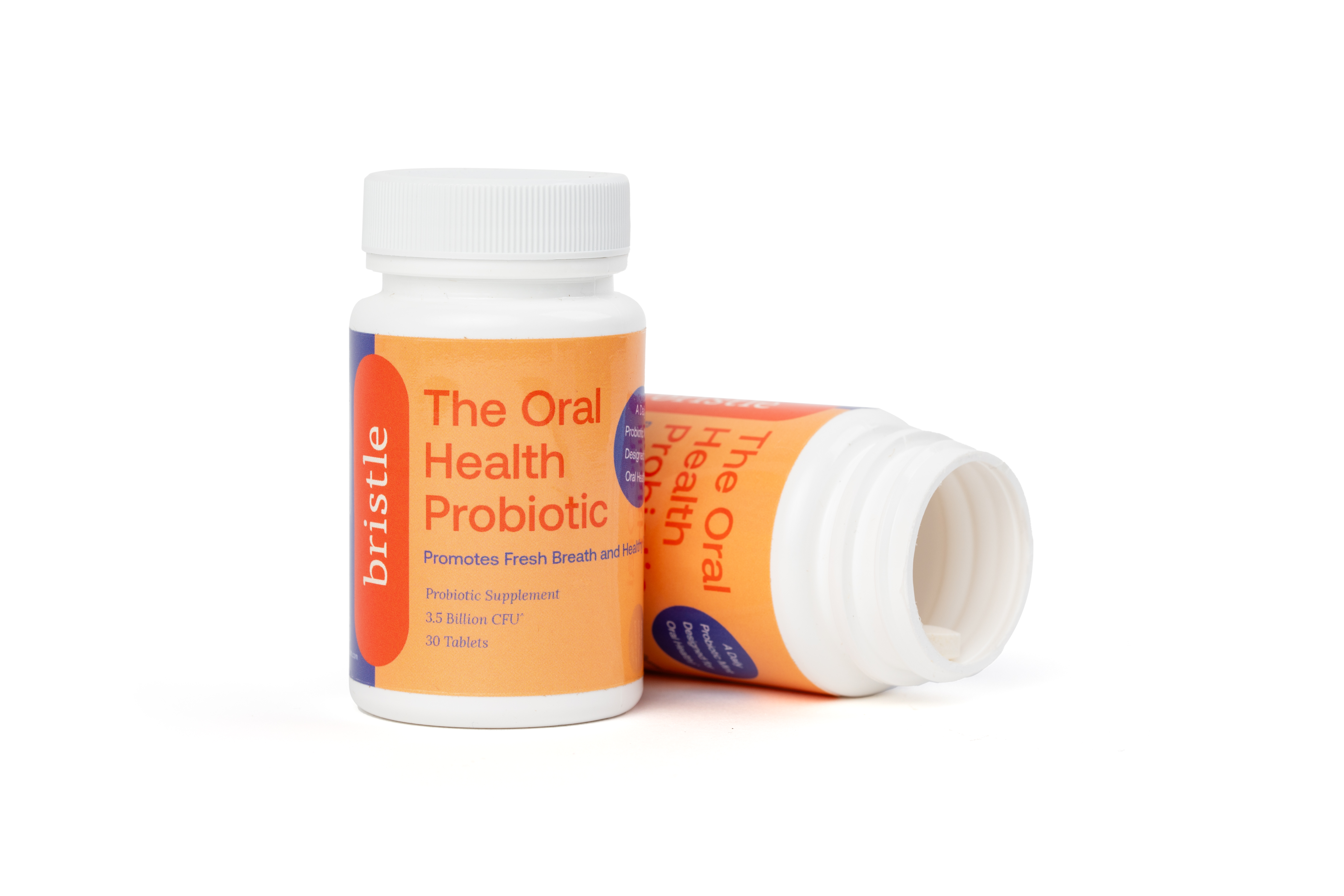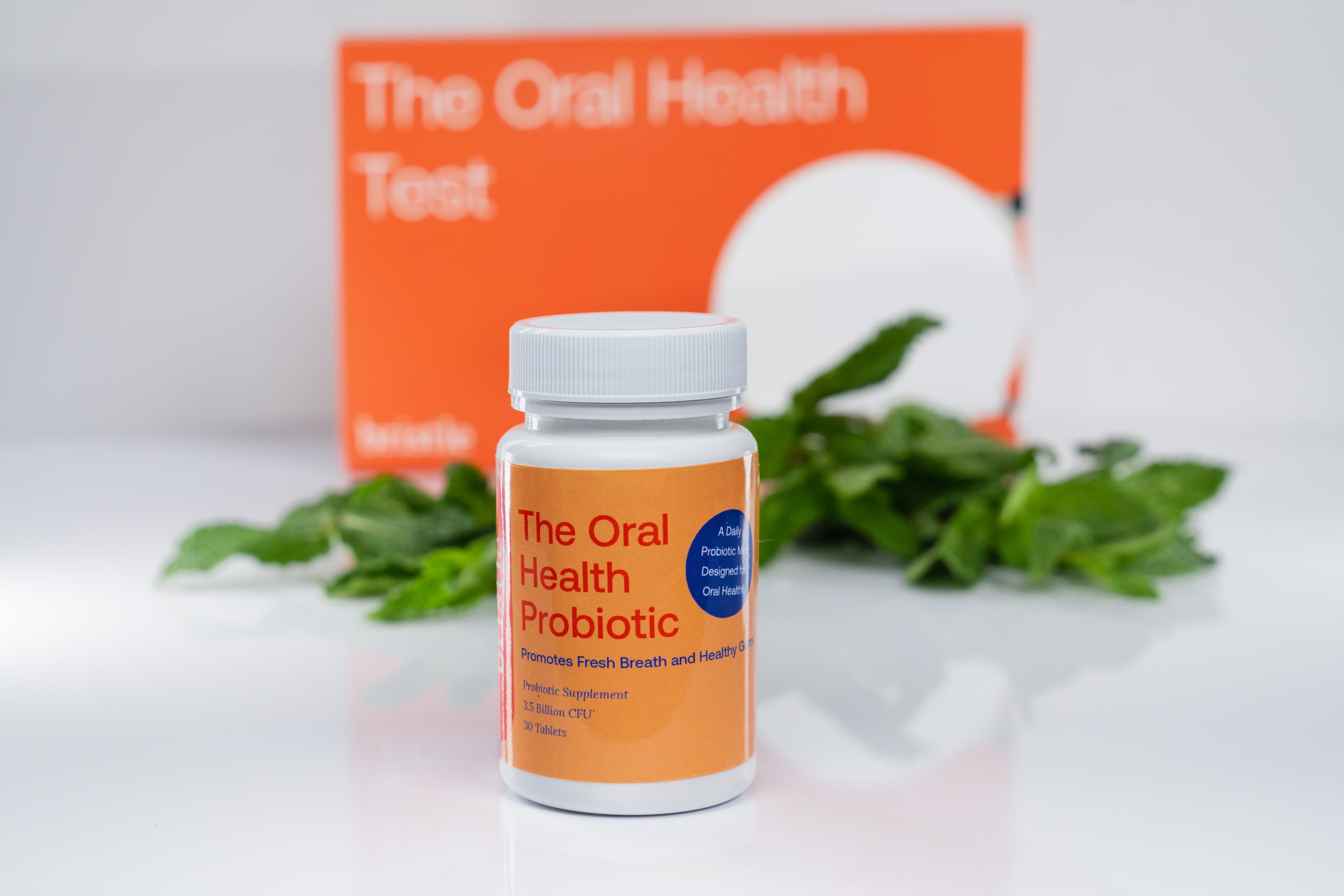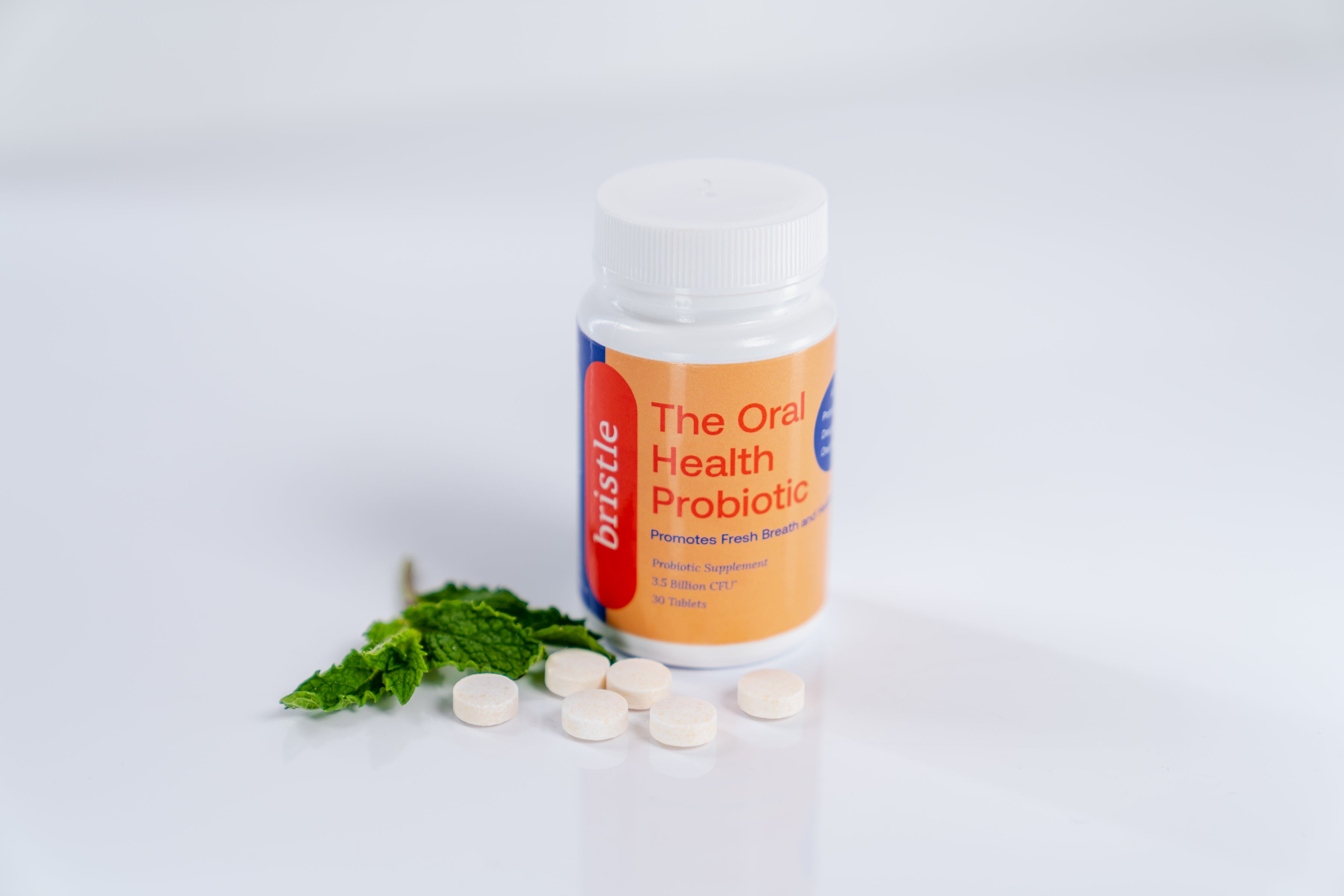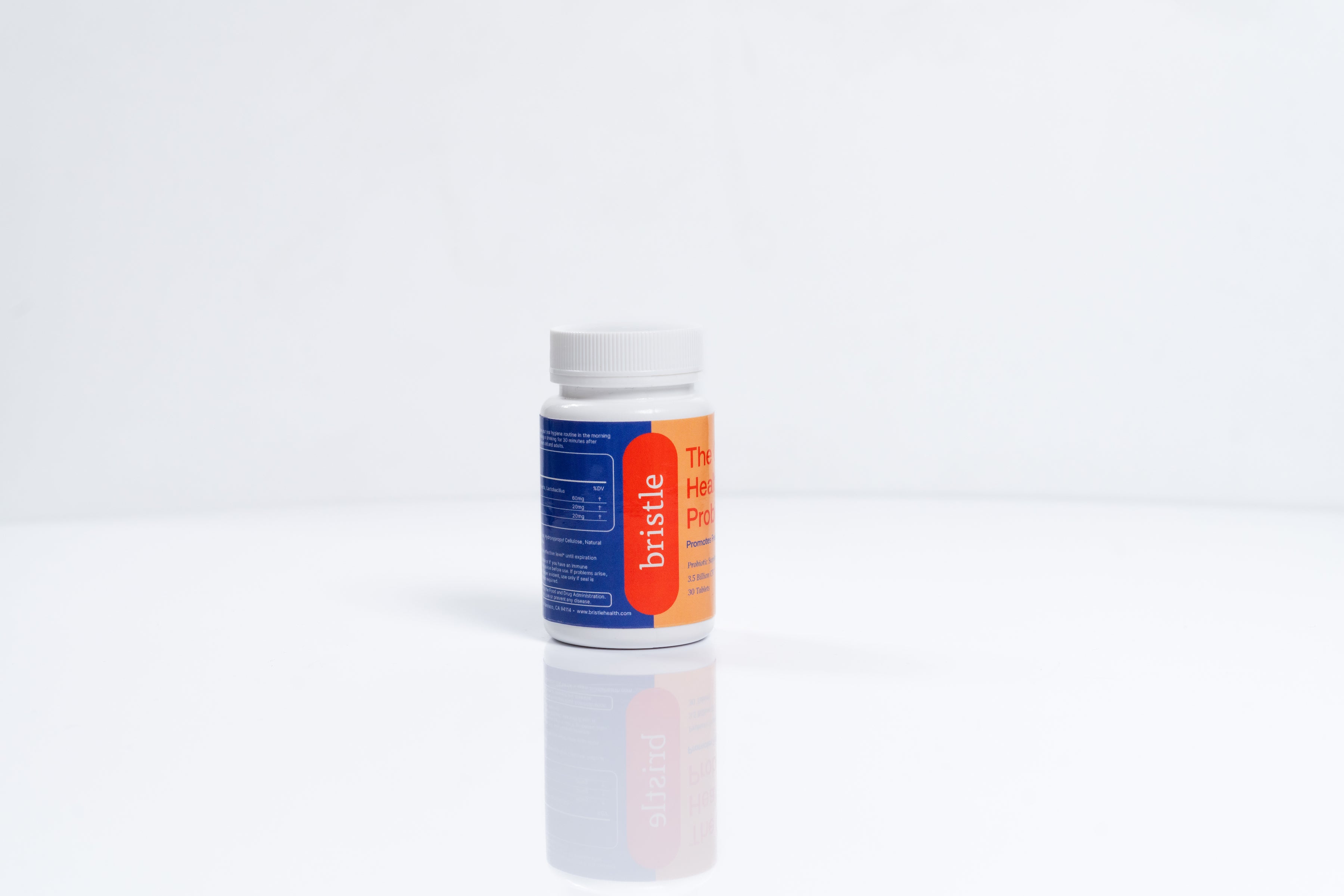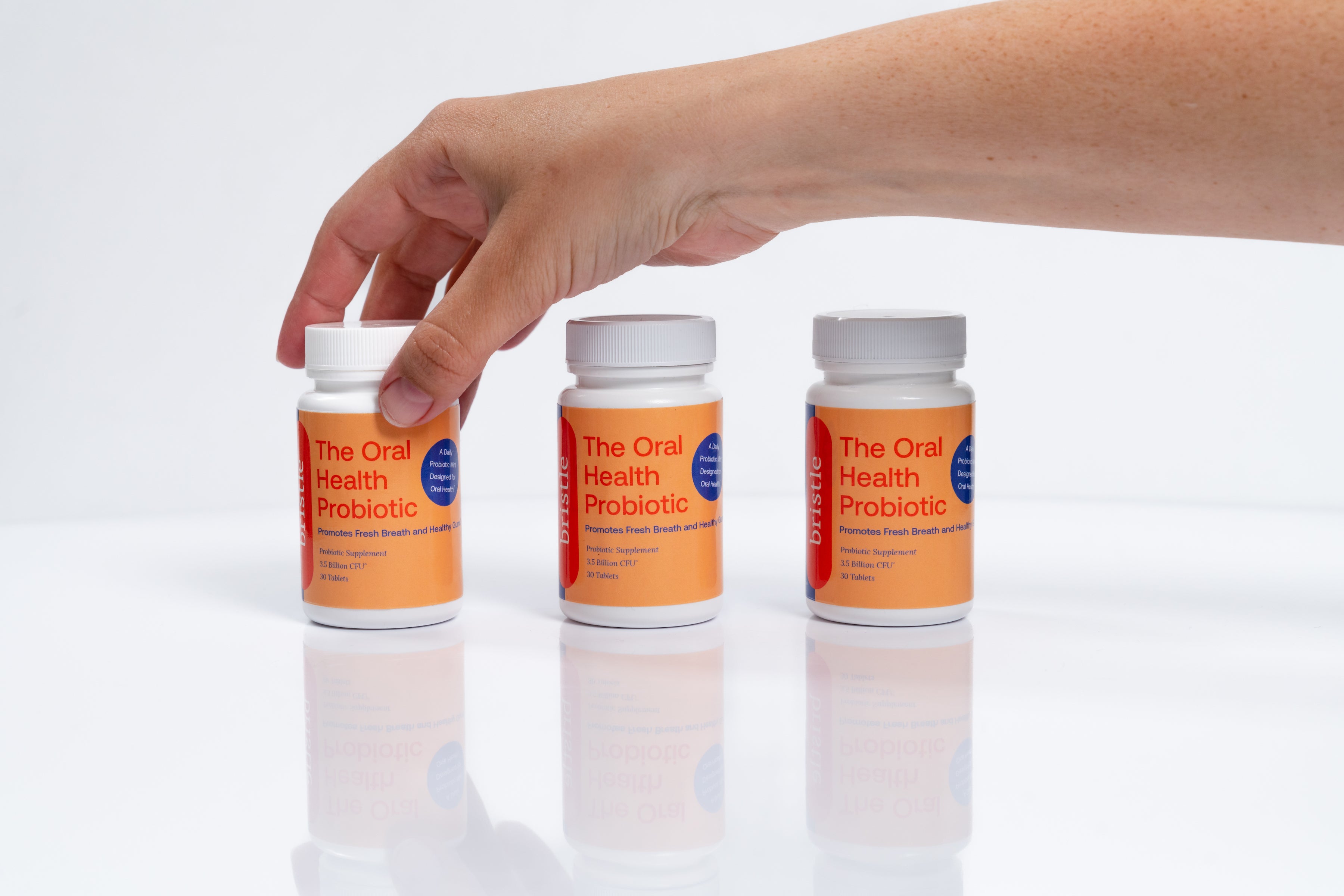Brushing and flossing are essential parts of daily oral hygiene. Yet, even after brushing and flossing, some people still experience bad breath. This article will investigate why bad breath can persist even after an oral hygiene routine.
Causes of bad breath
Oral bacteria
Our mouths are filled with bacteria, fungi, and viruses – collectively called our oral microbiome. They mostly keep us healthy, aiding digestion, fending off infections, and reducing blood pressure. But some species are harmful and release byproducts that lead to bad breath, cavities, gum disease, and other oral conditions. Certain species break down proteins in our diet and release "volatile sulfur compounds" (VSCs), which have an unpleasant odor. The more of these species we have in our mouths, the higher levels of VSCs they produce.
VSCs have foul odors and include hydrogen sulfide (which has a rotten egg smell) and methyl mercaptan (which has a rotten cabbage smell). When VSCs build up in our mouths, they are picked up as we breathe and speak, giving our breath a bad smell.
One reason your bad breath may not subside after brushing and flossing is if the source of bad breath is not the bacteria on your teeth and gum line. While the gum-line is a hotspot for the bacteria that cause bad breath, these bacteria can also build up in different mouth areas, including the tongue, tonsils, and stomach.
Bacteria on the tongue
The most common home for bad breath-causing species is on the tongue, especially the back of the tongue near the throat. As bacteria settle and grow there, they will assemble into a "biofilm" (slimy community of bacteria) on the tongue leading to tongue coating. A study of 2000 individuals with halitosis found that 43% experienced tongue coating. The tongue is covered with tiny hair-like structures called filiform papillae, which form an ideal hiding spot for these bacteria. Like bugs in a deep rug, the bacteria can hide between these papillae and continue thriving. Even after tongue cleaning, such as using antiseptic mouthwash, microbes that cause bad-breath can colonize and replicate quickly, especially in the case of oral microbiome dysbiosis.
Tonsilloliths (Tonsil stones)
Another place halitosis-causing species have been in our tonsils. They'll form a community (biofilm) that can, over time, harden into "tonsil stones" (also called tonsilloliths) that attach to our tonsils and cause a lingering bad odor in the mouth.
Dry mouth
Another common reason for bad breath is dry mouth. A study comparing salivary flow rate (the amount of saliva we produce) and the level of VSCs found that people with very low levels of saliva had significantly raised levels of VSCs and were more likely to have tongue coating than people with regular salivary flow.
Bacteria can typically only survive in our mouth if they are able to settle and colonize (in a biofilm). Saliva contains proteins that kill bacteria and act as a natural rinse to remove them. These proteins include lysozymes that attack bacteria's cell walls and antibodies that prevent bacteria from settling in our mouths.
Saliva also helps promote helpful bacteria that in turn defend us against harmful species. Saliva provides nitrate from our diets to feed these beneficial bacteria, called nitrate-reducing species. These species have been found to naturally release low levels of hydrogen peroxide and other byproducts which kill the bacterial species that cause halitosis and gum disease.
When we sleep, our saliva flow is dramatically reduced, which is one reason why bad breath is most common when we first wake up (often called "morning breath". Other causes of dry mouth include certain medicines, drinking alcohol, dehydration, and missing meals (the act of chewing increases saliva in the mouth).
Helicobacter pylori infection
Another source of halitosis may be the presence of the bacteria H. pylori in your gut or oral microbiome. A review of 21 studies found that H. pylori infection correlates with halitosis. H. pylori has been found to be able to produce VSCs, but more research is needed to establish a direct causal relationship between it and bad breath. Up to two thirds of the population is colonized by H. pylori, and in rare cases it causes gastric ulcers, which are correlated with halitosis.
Gastroesophageal reflux disease (GERD)
Gastroesophageal reflux disease (also known as GERD or acid reflux) occurs when stomach acid frequently moves up through our throat and digestive tract. This backwash can irritate the lining of your throat.
Studies have suggested that GERD may increase a person's risk of halitosis. This could be due to an accumulation of postnasal drip on the back of the tongue. In GERD, acidic stomach contents have been found to reach the top of the throat and irritate the walls of our throat, resulting in postnasal drip.
Another explanation is that gases from our stomach and digestive tract may be released through the throat due to a damaged lower esophagus, typically responsible for limiting these contents from coming up from the stomach.
Brushing and flossing incorrectly
We all know that we are supposed to brush our teeth twice a day and floss, but many of us are not using the correct brushing and flossing technique, which may be why bad breath bacteria are persisting. Below is an overview of the correct brushing and flossing technique:
How to brush correctly (Modified Bass technique)
How to floss correctly
Most of us avoid flossing daily (with 20% avoiding entirely), and one-third of people say they would rather sit in gridlock traffic than floss. This is an issue because brushing only cleans ~60% of your mouth, and flossing picks up the remaining 40% on the inner surfaces of our teeth. Our internal research has also found flossing reduces the levels of gum disease and bad breath-causing bacteria.
If you hate flossing because it causes bleeding, you are probably using the wrong technique. When done correctly, flossing should be painless and prevent gum bleeding over time by reducing inflammation.
Here's how to floss the proper way with the C-Shape technique:
Common mistakes
Ways to Get Rid of Bad Breath
There are a number of ways to address bad breath beyond brushing and flossing, including:
Tongue cleaning or tongue scraping
Using a mouthwash or Mouth Rinse
Taking oral probiotics
Increasing saliva production
Maintaining a proper diet
How to determine what is causing your bad breath
Since bad breath can come from several different sources, it can be difficult to determine which treatment and approach will be most effective in treating it. Here are some ways you can identify the source of bad breath:

